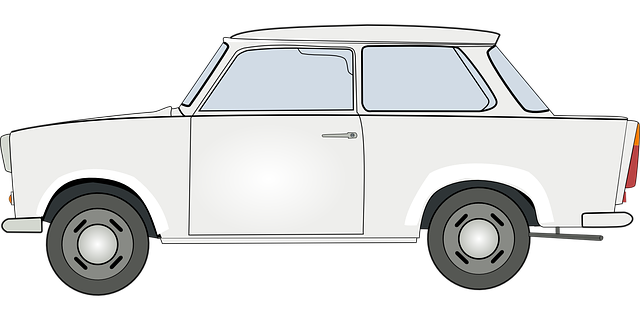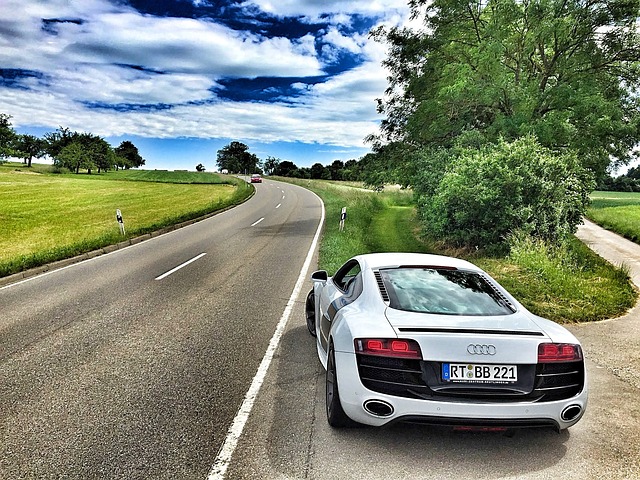Choosing between enclosed and open car transport for classic cars depends on priority: cost vs. protection. Enclosed transport is more expensive but provides a secure, weatherproof environment ideal for maintaining pristine conditions. Open transport is cheaper but exposes vehicles to potential weather damage and environmental hazards. Enclosed transport is preferred for valuable classics due to safer handling, lower risk, and better insurance coverage, offering peace of mind during transit.
Shipping a classic car requires careful consideration, especially when it comes to transport methods and insurance. This guide explores two primary options: enclosed and open car transport. Each method has unique benefits and drawbacks, with enclosed shipping offering enhanced protection from the elements and potential damage, while open transport provides cost-effectiveness. Understanding these differences is vital for ensuring your classic car arrives safely. We’ll also delve into insuring your vintage vehicle during transit to protect your investment.
- Understanding Enclosed and Open Car Transport
- Benefits and Drawbacks of Each Shipping Method
- Insuring Your Classic Car During Transit
Understanding Enclosed and Open Car Transport

When it comes to shipping classic cars, understanding the difference between enclosed and open transport is crucial. Enclosed car transport involves carrying vehicles within a secured, weatherproof container, offering protection from direct exposure to elements like sun, rain, or harsh winds. This method is ideal for precious classics, ensuring they remain in pristine condition throughout the journey. Open transport, on the other hand, involves securing the vehicle directly onto a carrier truck with no physical barriers between it and the outside environment.
While open transport is more cost-effective, it exposes classic cars to potential weather damage and environmental hazards. Enclosed transport provides a safer, more controlled environment, making it the preferred choice for many car enthusiasts and dealers who value the integrity of their vehicles. In terms of logistics, enclosed carriers often offer lower risk during transit, which can influence insurance considerations and peace of mind for owners.
Benefits and Drawbacks of Each Shipping Method

When shipping a classic car, choosing between enclosed and open transport methods offers distinct advantages and considerations. Enclosed transport provides numerous benefits for precious vintage vehicles. It shields cars from direct exposure to weather elements, ensuring they remain in pristine condition. This method also protects against potential damage from other vehicles during transit, making it ideal for those who prioritize the vehicle’s integrity. Moreover, enclosed carriers often feature secure loading and unloading processes, minimizing risks associated with handling antique cars.
In contrast, open transport offers a more cost-effective solution but exposes classic cars to environmental factors like sun, rain, or snow. While this method may be suitable for less valuable or less delicate vehicles, it poses higher risks of damage from airborne debris or accidental collisions. Open carriers typically have lower loading and unloading times, making them appealing for time-sensitive shipments; however, they provide less protection, which could lead to more maintenance or restoration needs upon delivery.
Insuring Your Classic Car During Transit

When shipping a classic car, one of the critical considerations is ensuring its safety during transit. Insuring your cherished vehicle is an essential step to protect against potential damages or losses during transportation. There are two primary methods for car shipping: enclosed and open transport. Choosing between these options directly impacts your insurance needs.
Enclosed transport provides a secure, weatherproof environment, ideal for classic cars. This method shields the vehicle from direct exposure to elements like extreme weather conditions, road debris, or other potential hazards. As such, it offers superior protection, and many insurers provide comprehensive coverage for vehicles in enclosed carriers. In contrast, open transport exposes the car to the elements, which can lead to higher insurance premiums due to increased risk. Consider these factors when deciding on shipping methods to ensure your classic car’s safety and peace of mind.
When shipping a classic car, choosing between enclosed and open transport depends on your preferences and vehicle condition. Enclosed carriers offer protection from the elements and potential damage, while open transport is more cost-effective. Insuring your classic during transit is crucial, as it safeguards against unforeseen events. By understanding these options and their advantages, you can make an informed decision to ensure a smooth shipping experience for your beloved classic car.
